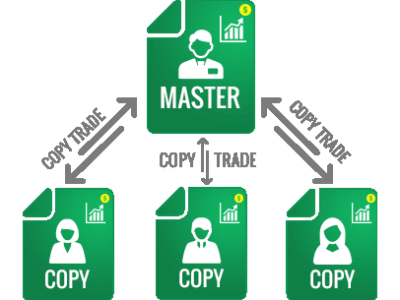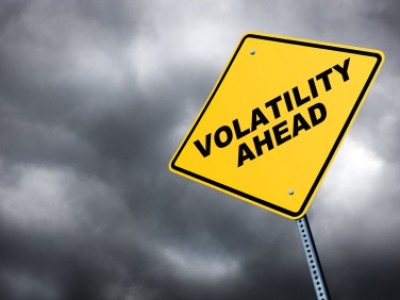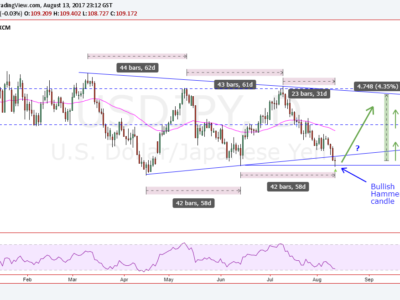Different Ways to Use the Average True Range
Hello traders! This week’s newsletter comes to you from sunny Dallas, Texas (again), where summer is still hanging on tight. The other thing that has been hanging on tight is the low volatility that is pretty common in the late summer months. Here’s to hoping that the volatility will return with the oncoming cooler weather!
Speaking of volatility, one of the things that I like to check on a weekly basis is the daily ATR (Average True Range) of the 20 or so currency pairs that I like to focus on. This can often help me to determine if I’m being too optimistic with some of my price targets, or even when I’m being too conservative. Let’s break these down, shall we?
As of the time of this writing, the ATR on the major pairs that I trade are:
| EURUSD | 72 pips | GBPUSD | 116 pips |
| AUDUSD | 67 pips | NZDUSD | 75 pips |
| USDJPY | 95 pips | USDCAD | 92 pips |
And the ATR on a few cross pairs for discussions sake are:
| EURJPY | 80 pips | EURGBP | 65 pips |
| GBPJPY | 148 pips | AUDJPY | 63 pips |
| EURCAD | 91 pips | GBPCAD | 139 pips |
The first thing I look to the ATR for is what pairs to “concentrate” on. I would prefer to get into trades on pairs that have higher ATRs than lower; very generally speaking, your winners should be larger with more volatile pairs. While your stops are higher as well, I can accept the added risk in my plan. I will also compare any new pair that I check vs. the EURUSD pair. Because the EURUSD usually has the tightest spread/most liquidity, any new pair that I consider must have more potential reward/ATR than the EURUSD. When checking the EURGBP, for example, because its ATR is less than the EURUSD, I would prefer to wait for a EURUSD trade than jump into the slower EURGBP.
Because I primarily look to swing trade in the spot forex market, a pure snapshot of the ATRs isn’t the only thing that I look at. What I’m looking at also includes the TREND of the ATR and also the trend of the pair.
For example, in this GBPJPY chart, you can see in the June area that the pair is clearly trending lower, while the ATR is increasing at the same time. This would lead me to “let my winners run” much more than a declining ATR with a listless, non-trending market-such as in the March time frame.
Sideways vs. Trending Markets
In your trading plan, you should have some written out strategies for trending vs. sideways markets, specifically on how to manage your winning trades.
In sideways markets, for example, you could use the all in/all out for your trades. (This means entering your entire position at one price, then exiting the entire position at a predetermined profit target, often 3x what your original risk was.)
In a trending market, there are numerous ways to manage the winners. A few examples: First, take off half of your position at a price level which is 3x your stop, your second half at 5x or more. Second, take off half of your position at a price level which is 3x your stop, then use whichever technical analysis technique to let your winner run without a hard target. Last and certainly not least, you can even consider adding to a winning position until a significant enough retracement takes you out of the trade.
So there you have it. A couple of different ways to use the ATR, plus a couple of trade management rules to boot!![]() Again, cross your fingers our ATRs run up like they traditionally do in the early fall, before the typical end of year slow down occurs.
Again, cross your fingers our ATRs run up like they traditionally do in the early fall, before the typical end of year slow down occurs.
Until next time,
Rick Wright – rwright@tradingacademy.com















